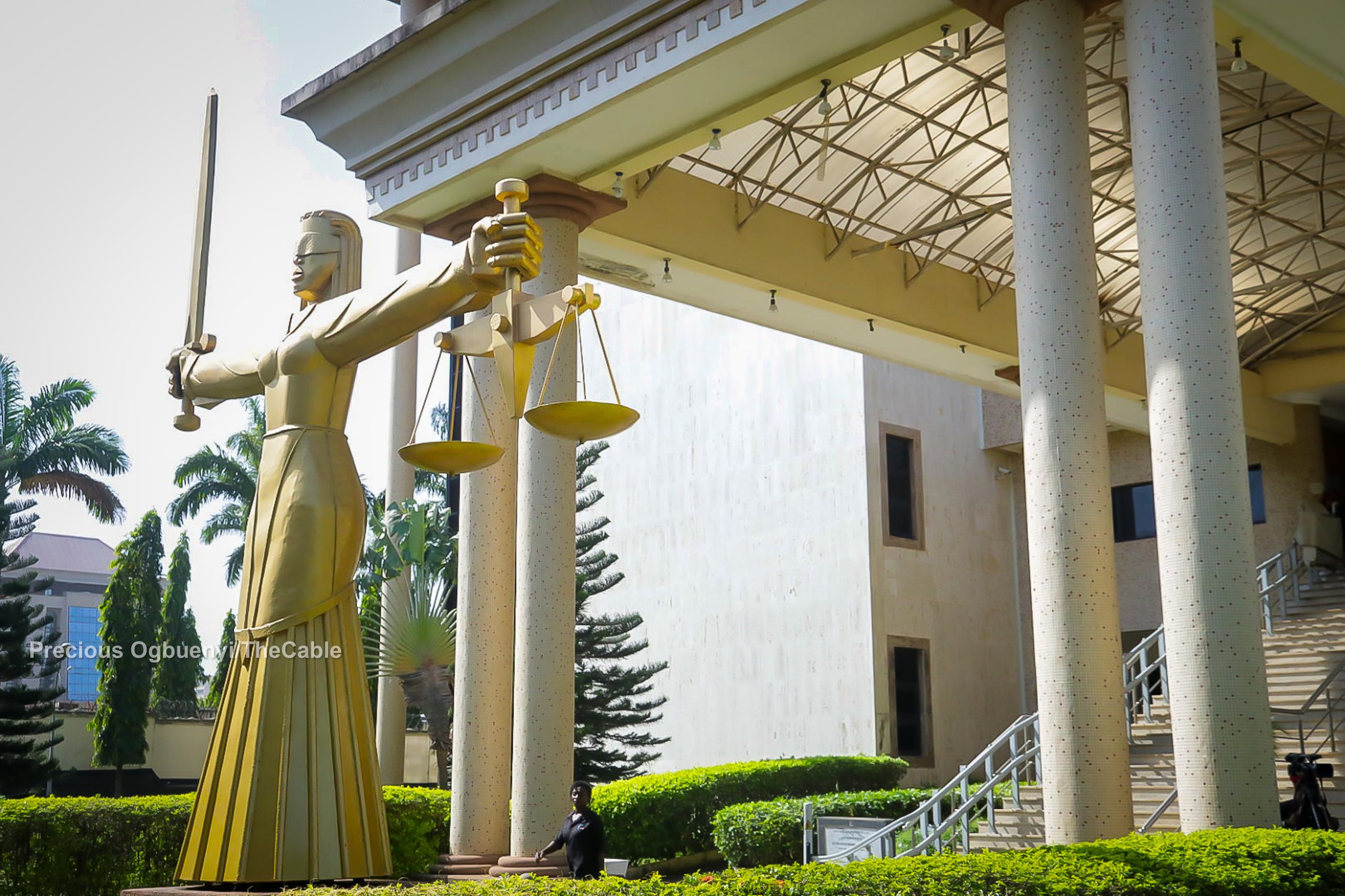20 iconic public domain characters: heroes and villains you can use freely
Public domain characters offer endless creative freedom for storytellers, filmmakers, and artists. Prominent public domain characters include classics like Dracula, Alice in Wonderland, and Robin Hood. Discover some of the most recognisable names you can use freely.
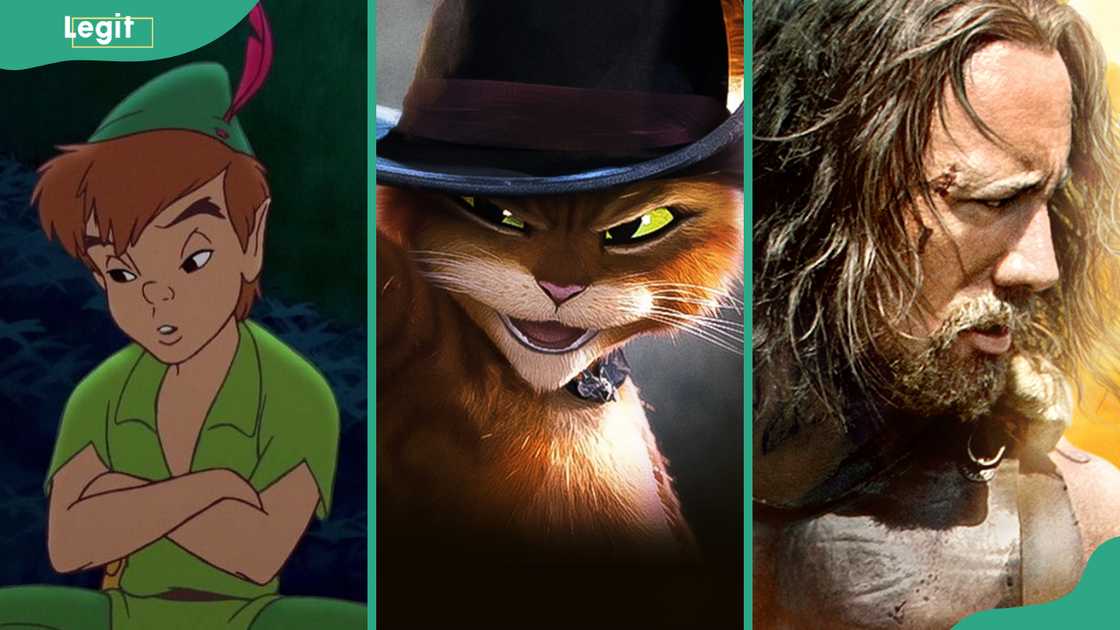
Source: UGC
These iconic public domain characters have stood the test of time and continue to influence pop culture. From prominent heroes to classic fairy tale figures, these characters offer endless creative potential. This list includes legendary villains and beloved protagonists known worldwide.
| Character | Notable film adaptation |
| Robin Hood | Robin Hood (2010) |
| Sherlock Holmes | Sherlock Holmes (2009) |
| Dracula | Bram Stoker's Dracula (1992) |
| Dr. Jekyll and Mr. Hyde | Dr. Jekyll and Mr. Hyde (1941) |
| Sleeping Beauty | Sleeping Beauty (1959) |
| Snow White | Snow White and the Seven Dwarfs (1937) |
| Puss in Boots | Puss in Boots (2011) |
| The Phantom of the Opera | The Phantom of the Opera (2004) |
| The Little Mermaid | The Little Mermaid (2023) |
| Frankenstein | Frankenstein (1931) |
| Dorothy Gale | The Wizard of Oz (1939) |
| Cowardly Lion | The Wizard of Oz (1939) |
| Alice in Wonderland | Alice in Wonderland (2010) |
| Mad Hatter | Alice in Wonderland (2010) |
| Ebenezer Scrooge | Scrooge (1951) |
| Pinocchio | Pinocchio (1940) |
| Peter Pan | Peter Pan (1953) |
| Winnie the Pooh | Winnie the Pooh and the Honey Tree (1966) |
| Popeye | Popeye (1980) |
| Hercules | Hercules (1997) |

Source: UGC
Dr. Jekyll and Mr. Hyde are two contrasting personas within one man that symbolise the struggle between good and evil. Robert Louis Stevenson introduced the character in 1886, and the story quickly became a staple of gothic and psychological fiction. The earliest silent films based on the novel also entered the public domain.

Source: UGC
Dracula is Bram Stoker’s iconic vampire introduced in the 1897 novel by Bram Stoker. The character’s mix of horror, seduction, and immortality has kept audiences engaged for over a century. Because the original novel is in the public domain, modern creators can use Dracula directly in their stories.

Source: UGC
Robin Hood is a legendary English outlaw who steals from the rich and gives to the poor. Rooted in medieval folklore, he leads a band of Merry Men from Sherwood Forest and fights against injustice. His story appeals to audiences for its themes of rebellion, fairness, and courage. As a figure from folklore, he is in the public domain and available for use without restriction.
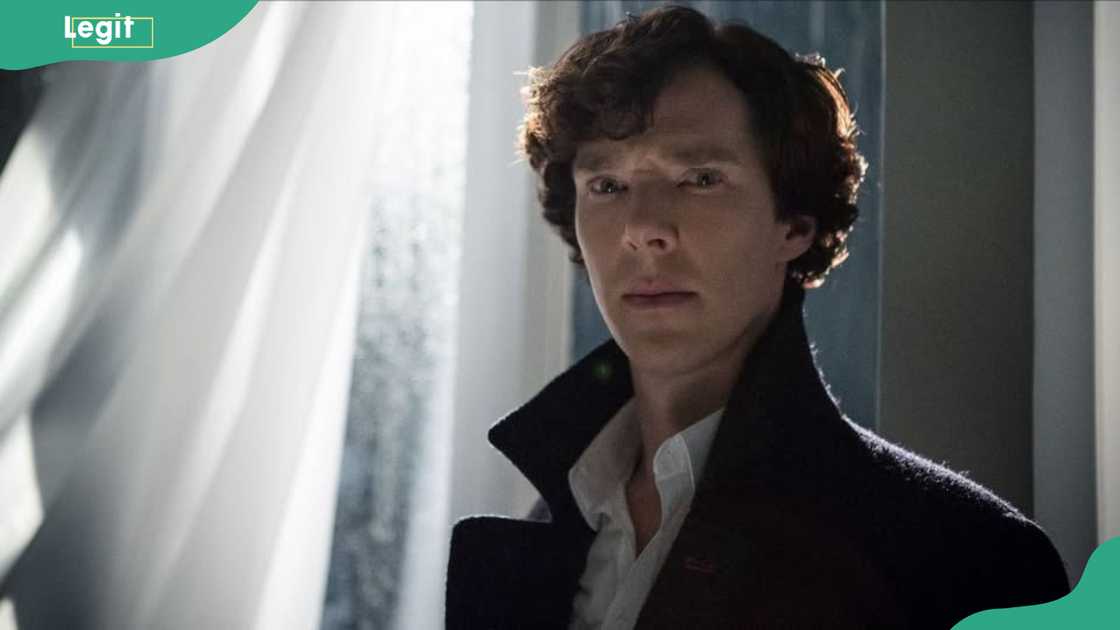
Source: UGC
The character is known for solving cases through observation and deduction. Sherlock Holmes quickly gained popularity and helped shape the modern detective genre. Most of Doyle's stories are now in the public domain, so writers can legally use Holmes and Watson in their original works.

Source: UGC
Charles Perrault first published this tale in 1697, and the Brothers Grimm later adapted it as "Little Briar Rose." The original story is in the public domain, allowing creators to reinterpret it freely. However, specific adaptations, like Disney's version, remain under copyright.
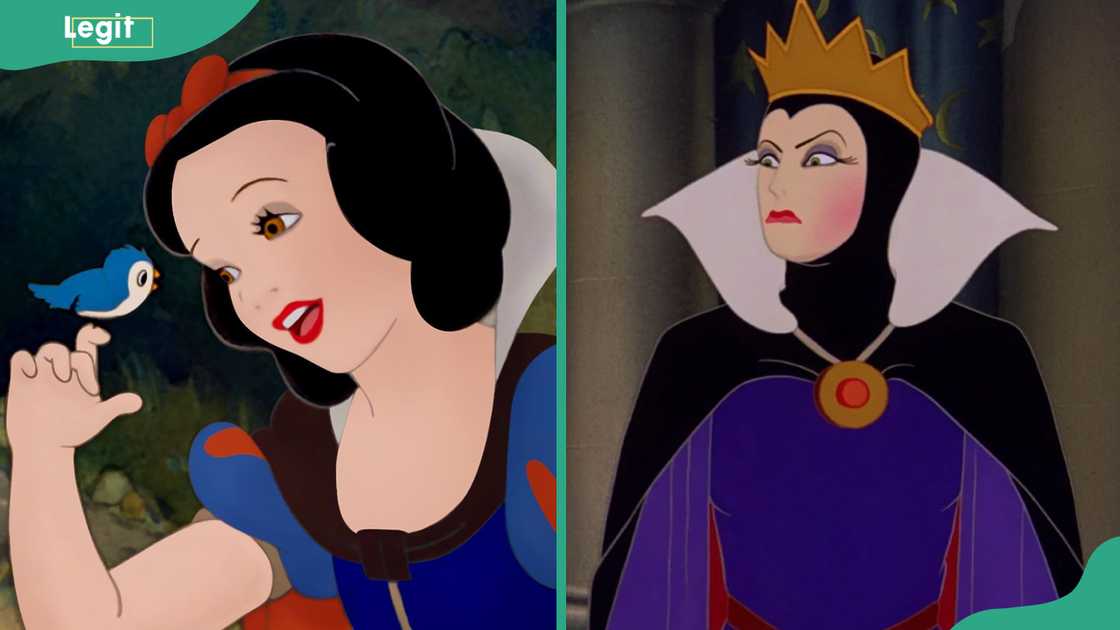
Source: UGC
Snow White narrates the tale of a young princess whose beauty incites her stepmother's jealousy, leading to a poisoned apple and a glass coffin. The Brothers Grimm included this story in their 1812 collection. The original narrative is in the public domain.
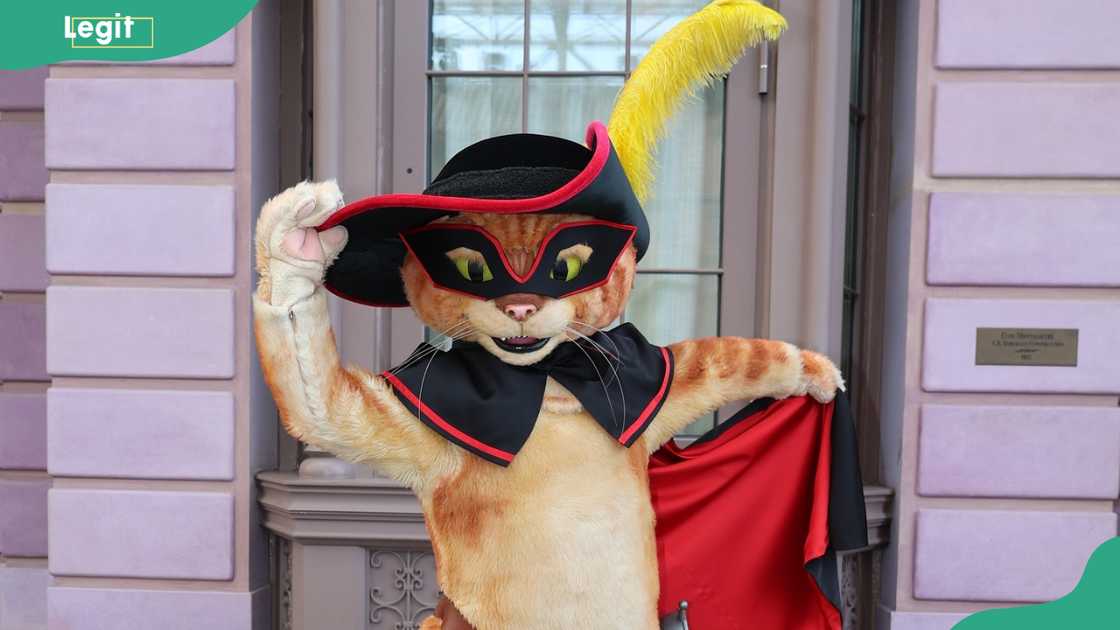
Source: UGC
Puss in Boots features a cunning cat who uses wit and deception to elevate his master's status. The character's cleverness and charm have led to various adaptations, including animated films. The original story resides in the public domain.
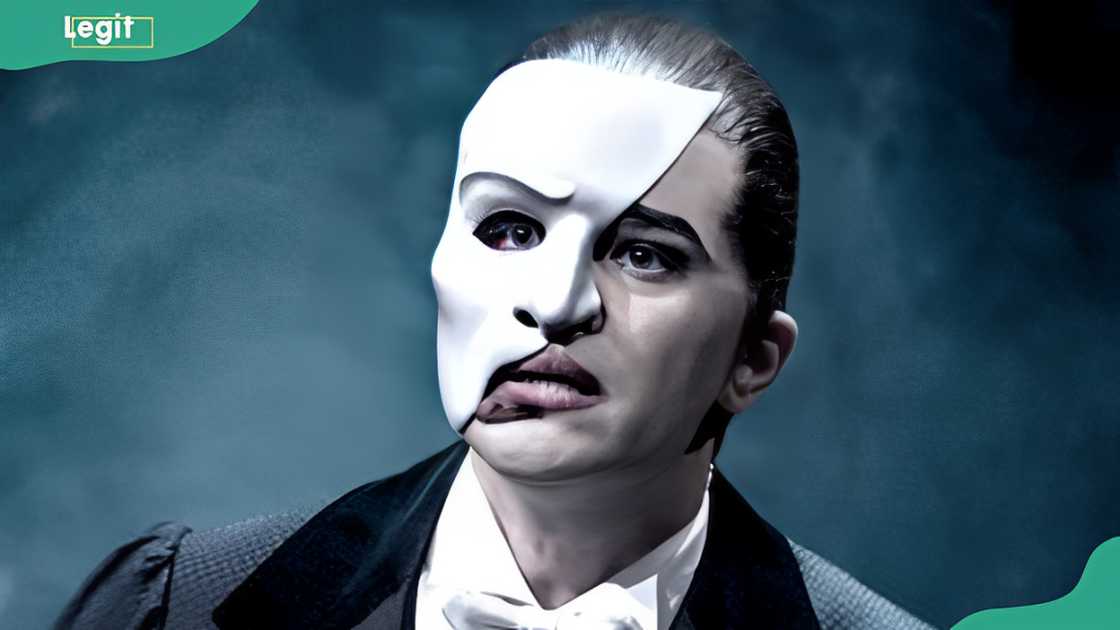
Source: UGC
The Phantom of the Opera centres on a mysterious figure haunting the Paris Opera House. Its enduring appeal has led to numerous adaptations in films and a renowned musical. The original work is in the public domain, enabling unrestricted use.
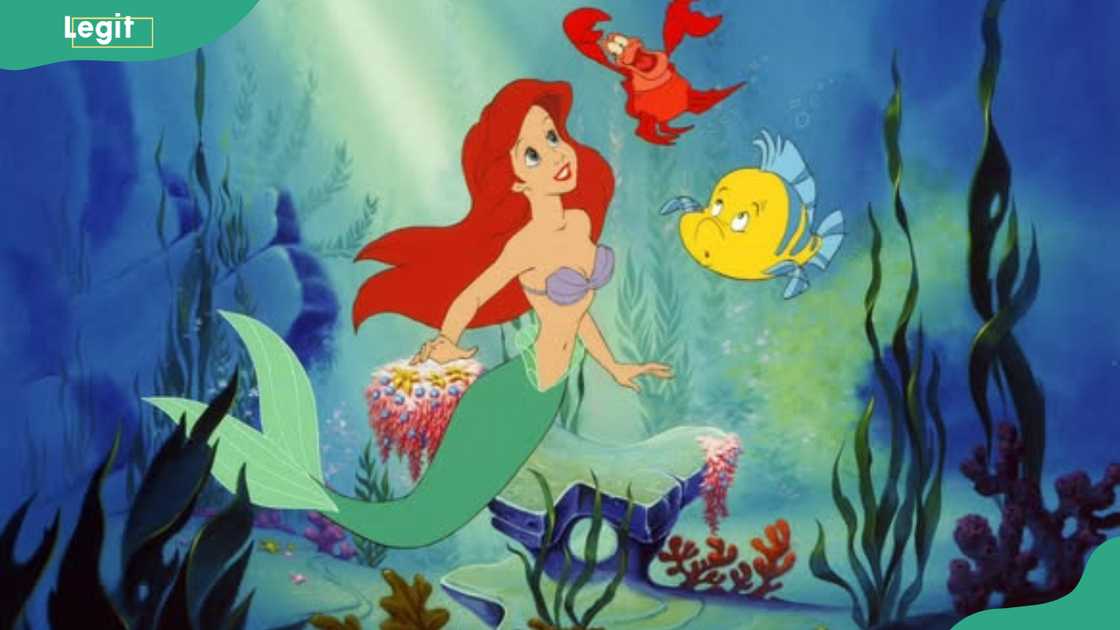
Source: UGC
The Little Mermaid tells of a sea princess who sacrifices her voice for a human soul and love. Hans Christian Andersen's 1837 tale is more tragic than later adaptations. The original story is in the public domain and allows for creative freedom.
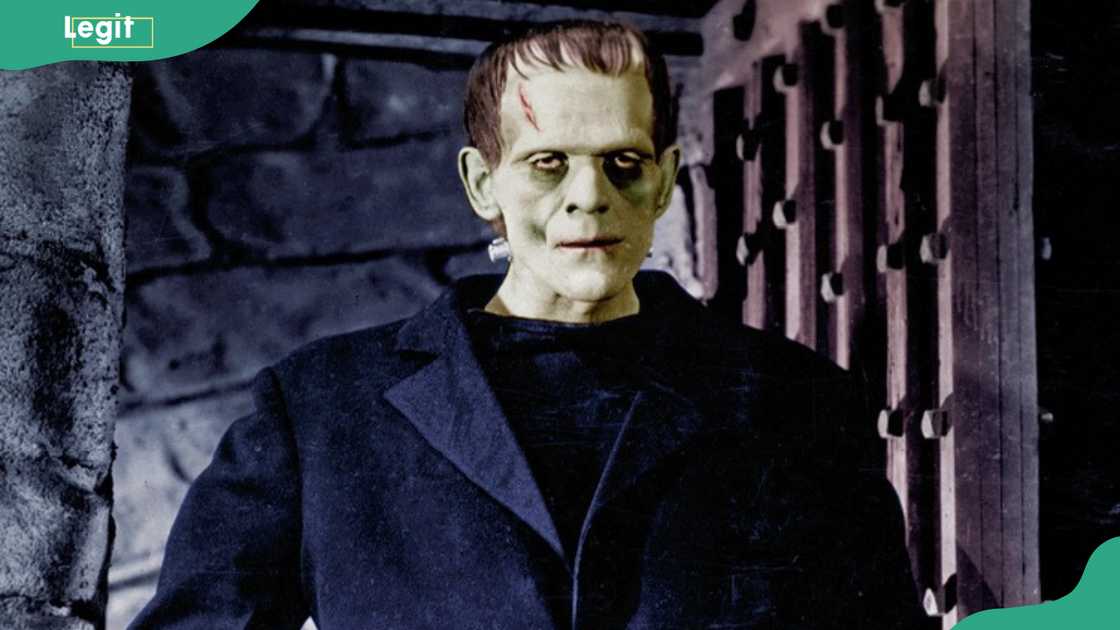
Source: UGC
Frankenstein follows Victor Frankenstein, a scientist who creates life, leading to unforeseen consequences. Mary Shelley's 1818 novel explores themes of ambition, creation, and humanity. The original text is in the public domain, permitting free use.

Source: UGC
Dorothy Gale is a Kansas girl transported to the magical Land of Oz by a cyclone. L. Frank Baum introduced her in 1900, and her journey has become emblematic of adventure and self-discovery. The original book is in the public domain. Still, specific elements from the 1939 film, like the ruby slippers, are copyrighted.
The Cowardly Lion seeks courage, believing himself a coward despite acts of bravery. Introduced by L. Frank Baum in 1900, the character represents the idea that courage involves facing fears. The character is part of the public domain, allowing for creative use.
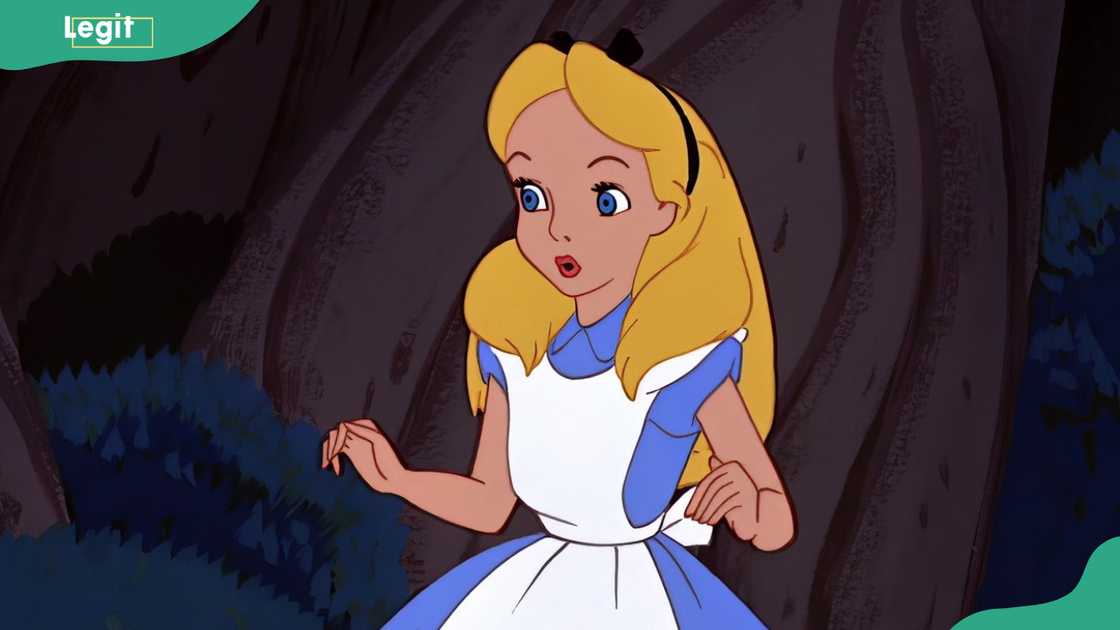
Source: UGC
Alice in Wonderland chronicles a girl's adventures in a whimsical world after falling down a rabbit hole. Its enduring popularity has led to various adaptations across media. The original work is in the public domain, enabling unrestricted creative use.
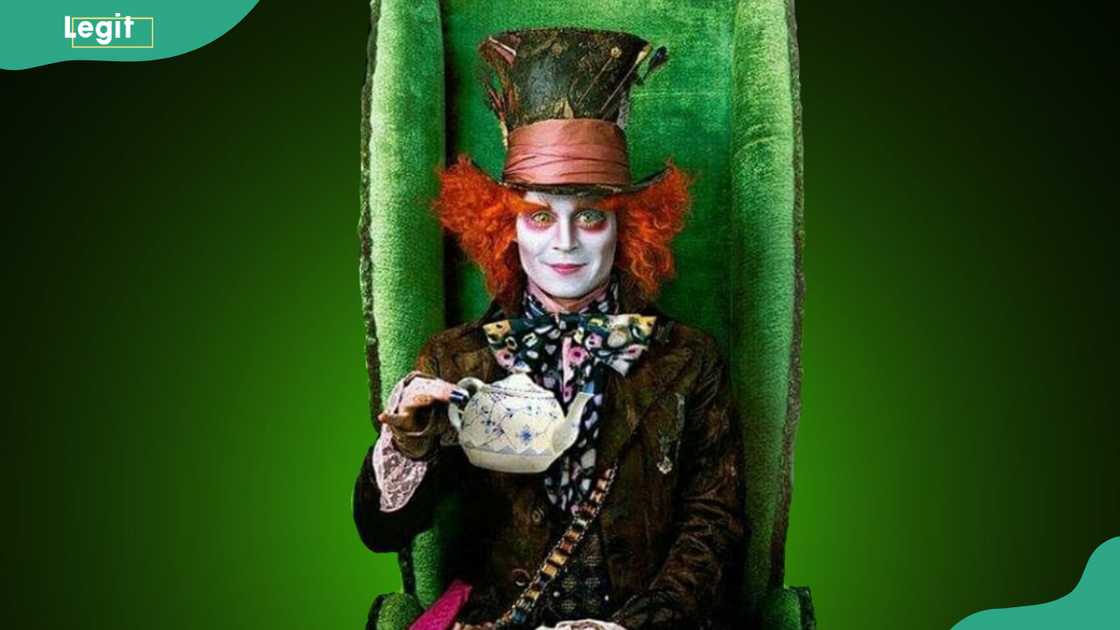
Source: UGC
The Mad Hatter is an eccentric character from Lewis Carroll's 1865 novel Alice's Adventures in Wonderland. Known for his whimsical tea parties and nonsensical riddles, he embodies the absurdity of Wonderland. The character's popularity has led to various adaptations, including Disney's 1951 animated film.
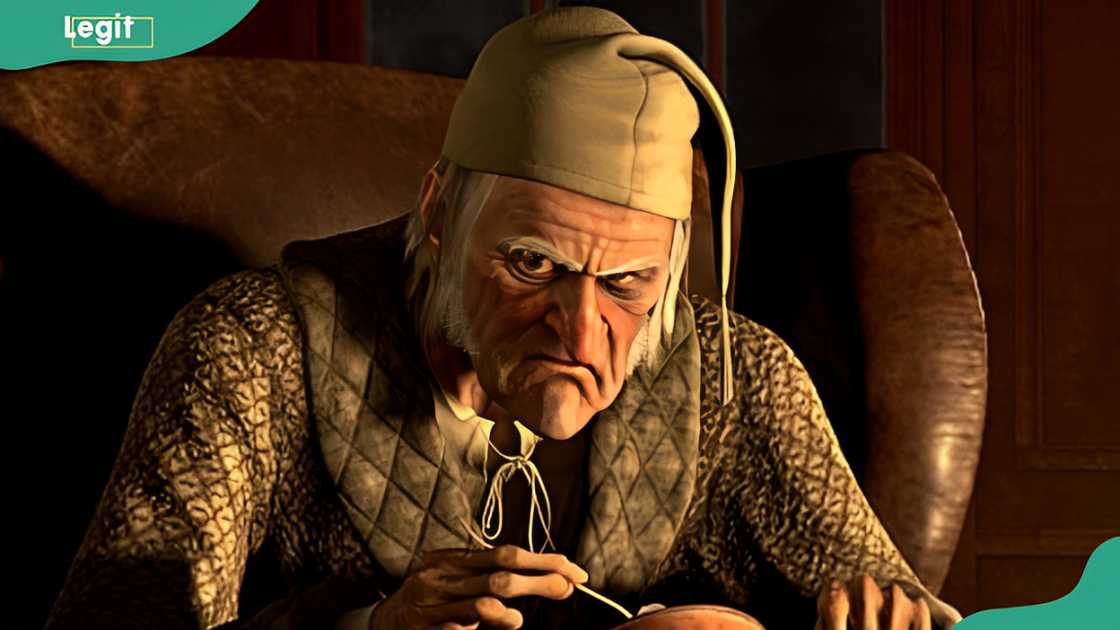
Source: UGC
Ebenezer Scrooge is the miserly protagonist of Charles Dickens's 1843 novella A Christmas Carol. His transformation from a cold-hearted miser to a generous man has become emblematic of redemption. The character has been adapted numerous times, including in the 1935 film Scrooge. Dickens's original story is in the public domain, which permits users to use it freely.
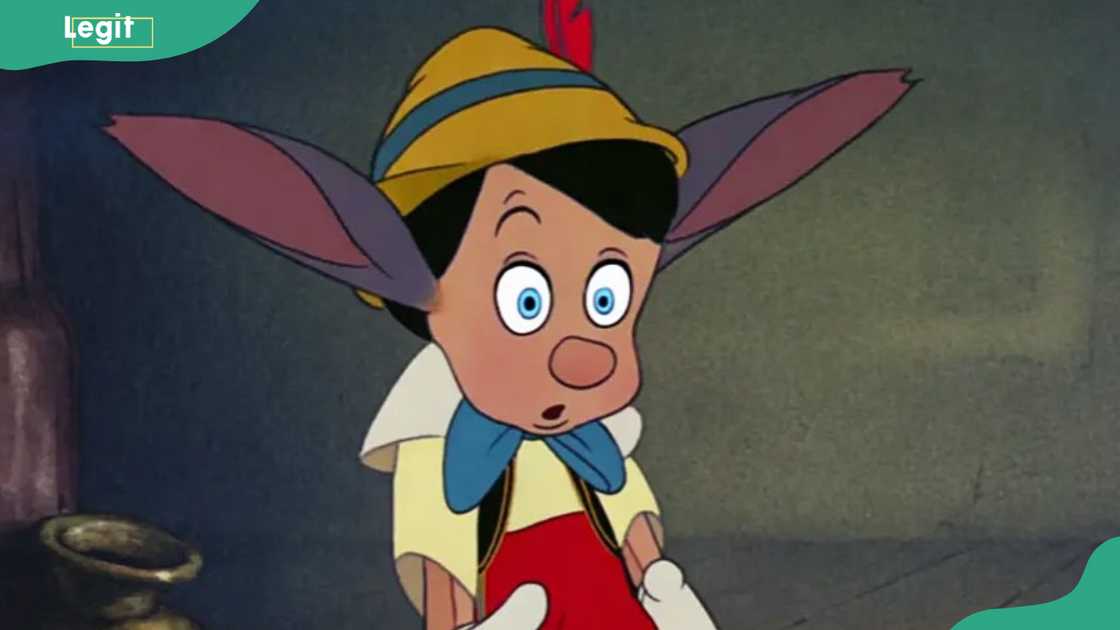
Source: UGC
Pinocchio is a wooden puppet who dreams of becoming a real boy. This character was introduced in Carlo Collodi's 1883 novel The Adventures of Pinocchio. His journey of learning right from wrong has captivated audiences for generations. Disney's 1940 animated film popularised the character globally.

Source: UGC
Peter Pan is the boy who refuses to grow up, first appearing in J.M. Barrie's 1904 play. The character has been adapted into numerous films, including Disney's 1953 animated version. Barrie's original works are in the public domain, enabling creative reinterpretations.
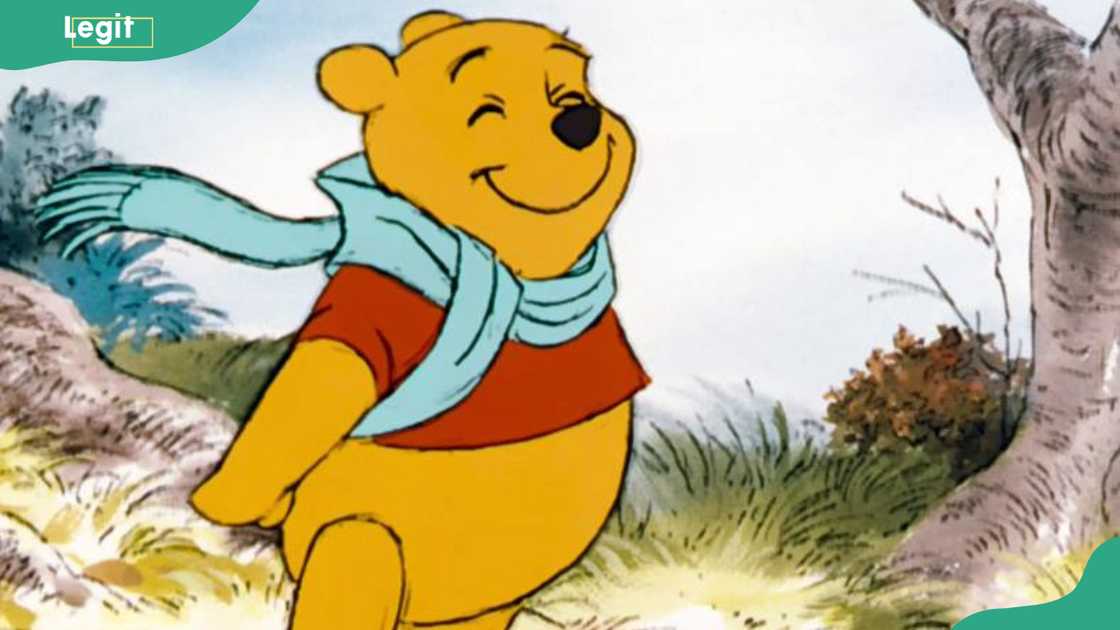
Source: UGC
Winnie-the-Pooh is among the popular characters available in the public domain. He is a lovable bear created by A.A. Milne in 1926. His gentle adventures in the Hundred Acre Wood have endeared him to readers worldwide. Disney's adaptations, starting in 1966, further cemented his popularity.
Popeye is a spinach-loving sailor introduced in E.C. Segar's 1929 comic strip Thimble Theatre. The cartoon character has appeared in various media, including the 1980 live-action film starring Robin Williams. Segar's original works are in the public domain, allowing for creative use.

Source: UGC
- Movie: Hercules (1997, Walt Disney Feature Animation)
- Debut year: Ancient Greek mythology
- Genre: Mythology, Fantasy
Hercules stands out as a powerful character from ancient Greek mythology. He is known for his incredible strength and heroic feats. His tales have been passed down through the centuries and have inspired countless adaptations. Disney's 1997 animated film presented a family-friendly version of his adventures.
Public domain characters are fictional figures whose original works are no longer protected by copyright.
You can use characters whose original works have entered the public domain. This includes many classic literary and mythological figures such as Sherlock Holmes (early stories), Robin Hood, and Hercules.
The original Tom and Jerry characters from the 1930s Van Beuren Studio cartoons are in the public domain. However, the more widely known cat-and-mouse duo created by Hanna and Barbera in 1940 for MGM are not.
In the United States, the duration before a work enters the public domain depends on several factors. For works published before 1978, copyright typically lasts 95 years from publication. For works created after 1978, the copyright duration entails the life of the author plus 70 years, as per Copyright RPM.
Notable examples include Popeye, who debuted in 1929, and Felix the Cat, introduced in 1919. Early versions of Mickey Mouse, specifically from the 1928 short Steamboat Willie, entered the public domain in 2024.
Public domain characters provide unmatched creative freedom for artists, writers, and filmmakers. Whether you need a villain, a hero, or a magical being, you can reuse and reimagine them without legal concern.
Legit.ng recently published an interesting post about ugly cartoon characters memorable thanks to their design. These characters are meant to teach people morals through film, but others are ugly for the sake of it.
Some cartoons may look ugly, but their endearing qualities make you glued to your screen. These characters mostly embody characteristics that are not necessarily attractive in real life. Read on to discover some ugly animated characters you will probably recognise.
Source: Legit.ng






